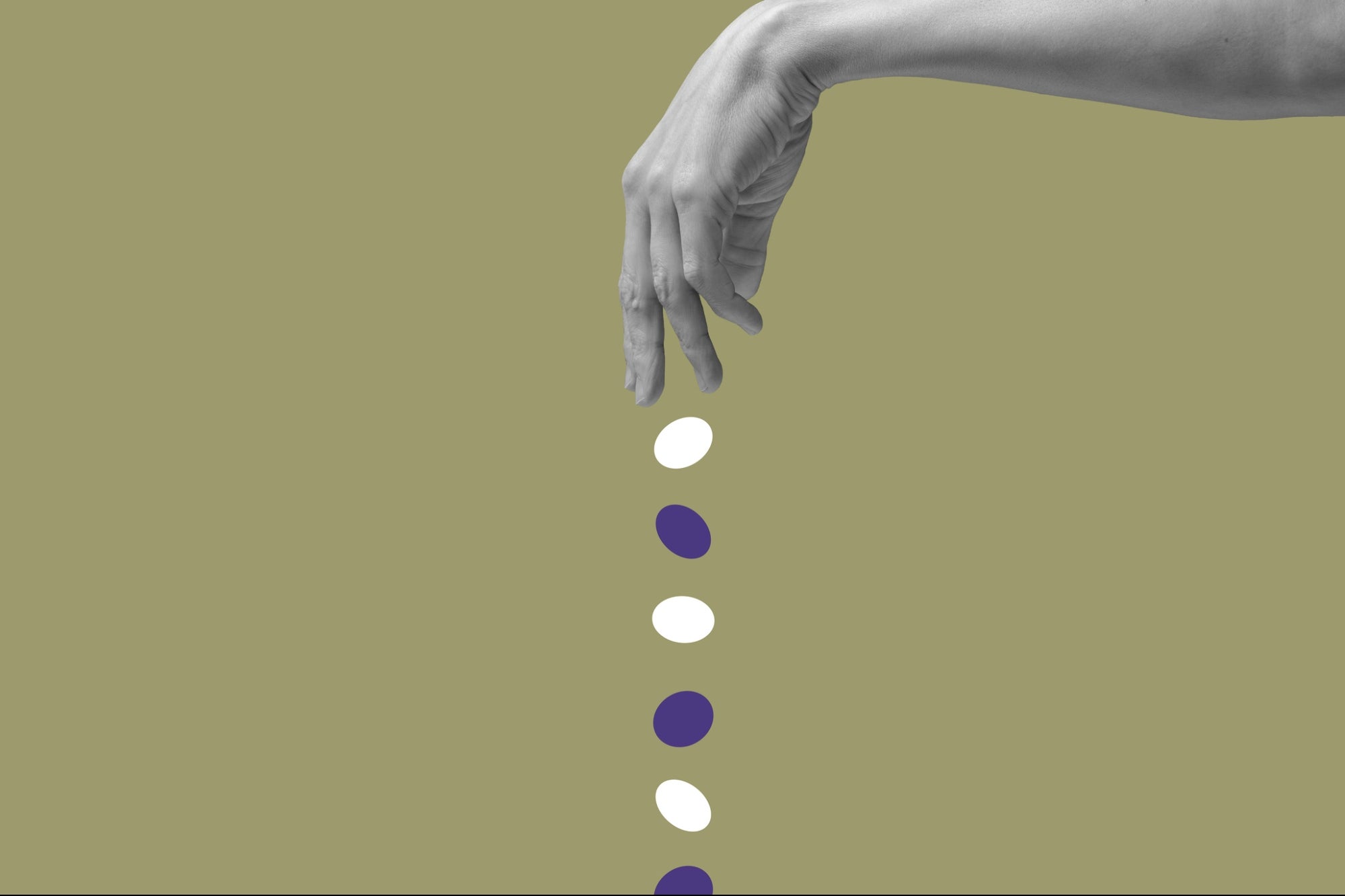4 Tips for Using Pinterest to Market Your Startup Do you really know how to use Pinterest to help attract people to your business? If not, here's a brief tutorial.
By Adam Toren
Opinions expressed by Entrepreneur contributors are their own.
Just because you ditched email for Facebook long ago or you were one of the first tweeters around doesn't mean you're not perplexed by Pinterest. You know what it is -- a social network that acts as an online bulletin board for your favorite images -- and maybe you already use it personally. But are you using it properly -- to promote your startup, that is?
Using Pinterest as a marketing tool for businesses that sell products and services is a great way to boost traffic to a website and, more importantly, convert that traffic to sales. Despite that potential business bonanza, the various ways of using Pinterest for business aren't all effective to the same degree.
Here are four tips for using Pinterest for your business:
1. Consider your options.
As mentioned, not all marketing strategies for using Pinterest are as effective. Here are three ways companies use the social tool:
- Mavens -- use images that are not their own and pin from elsewhere on the web.
- Connectors -- don't use their own materials but insist on re-pinning images from others on Pinterest.
- Showcasers -- post their own images from their websites or blogs.
2. Customize your chosen strategy.
From these options, the "mavens" tend to receive the most clicks and re-pins and the best overall results, while the showcasers received the fewest, according to a June study conducted by Pinsights, a Pinterest analytics provider.
Does this mean that showcasers should start using the other people's images? Not necessarily. But it does show that instead of showing your company name and its wares, you might try to pin more than just your offerings alone.
That's what big-brand mavens like Kate Spade do, according to Pinsights. On average, they pin over 50 images to two dozen different categories a week. Out of all of these pins, only 30 percent of the images belong to the brand.
3. Be efficient.
Many brands who have been successful in Pinterest have also decided to integrate Twitter into their social profiles. When they pin something to Pinterest, they can send out a Tweet at the same time, therefore making the most of their time and maximizing their exposure.
4. Pin all-around likeable images.
Because it's image-based, Pinterest has different rules of marketing than other social networks, which is why the maven strategy works best. Users think of re-pinning as identifying themselves with that photo, video, image, or infographic. It's not the same as re-tweeting through Twitter or liking something on Facebook. Consumers are more careful with being identified with images that are not what they believe in.
This means that any company that wants a presence on Pinterest must use graphics that their customers can relate to. It's not about getting the products out there; it's about pinning something for others to identify with. If that can be achieved then more clicks and re-pins will follow.
How are you using Pinterest for marketing your company? Let us know in the comments section below.












